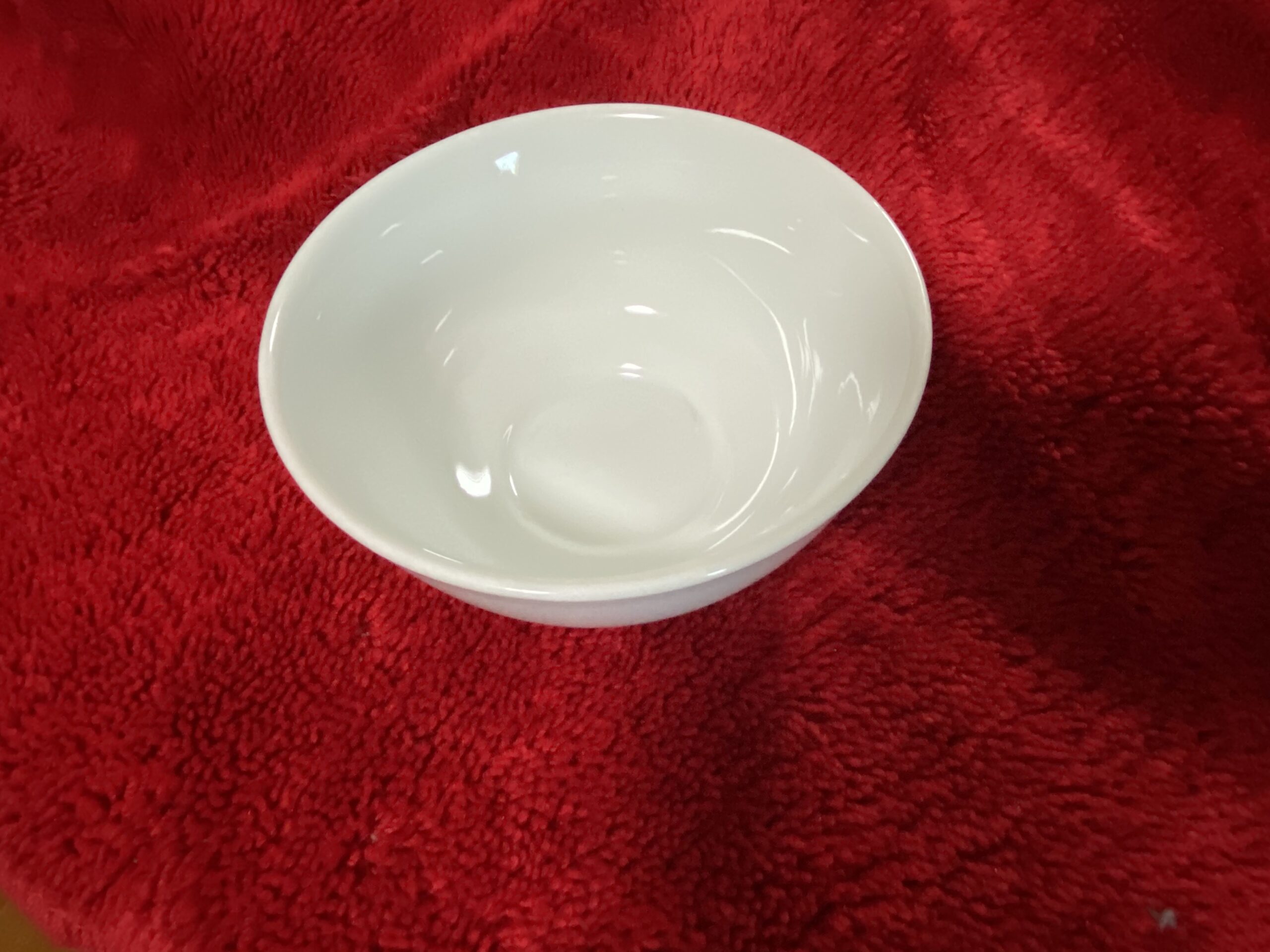Everyday White Porcelain bowl (Made in China): 41 ppm Lead. Safe by all standards.
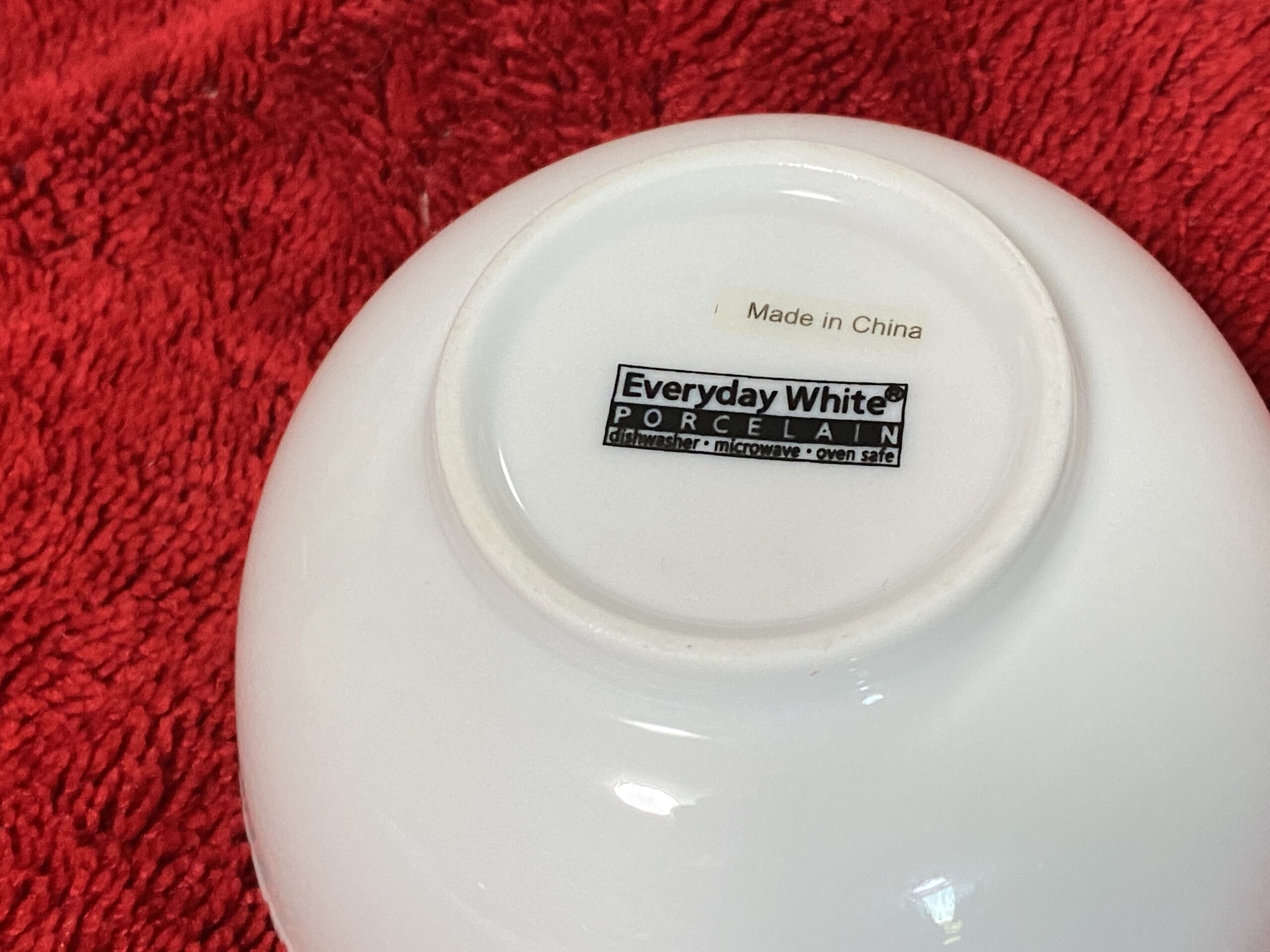
 Introduction:
Introduction:
Tamara Rubin is an independent advocate for consumer goods safety and she is also a mother of Lead-poisoned children. She began testing consumer goods for toxicants in 2009 and was the parent-advocate responsible for finding Lead in the popular fidget spinner toys in 2017. She uses XRF testing (a scientific method used by the Consumer Product Safety Commission) to test consumer goods for contaminants including Lead, Cadmium, Mercury and Arsenic. To read more about the testing methodology employed for the test results reported on this blog, please click this link.
XRF Test results for the bowl pictured. All tests done for a minimum of 60 seconds and repeated multiple times to confirm the results
#1.) Inside food surface of the bowl:
- Lead (Pb): 37 +/- 4 ppm
- Cadmium (Cd): 5 +/- 2 ppm
- Iron (Fe): 2,889 +/- 78 ppm
- Copper (Cu): 18 +/- 9 ppm
- Zinc (Zn): 33 +/- 5 ppm
- Tin (Sn): 8 +/- 3 ppm
- Platinum (Pt): 29 +/- 12 ppm
#2.) Logo mark area on bottom of bowl:
- Lead (Pb): 41 +/- 5 ppm
- Cadmium (Cd): 6 +/- 2 ppm
- Chromium (Cr): 23,100 +/- 400 ppm
- Iron (Fe): 10,400 +/- 200 ppm
- Cobalt (Co): 5,215 +/- 98 ppm
- Nickel (Ni): 1,964 +/- 51 ppm
- Copper (Cu): 51 +/- 11 ppm
- Zinc (Zn): 51 +/- 6 ppm
- Zirconium (Zr): 1,187 +/- 14 ppm
- Tin (Sn): 8 +/- 3 ppm
- Platinum (Pt): 41 +/- 12 ppm
How much Lead is “too much” Lead?
For context, the amount of Lead that is considered unsafe in an item intended for use by children is anything 90 ppm Lead or higher in the paint, glaze or coating of an item or anything 100 ppm Lead or higher in the substrate. Unfortunately (as discussed in most posts on this website) there is no law limiting total (XRF-detectable) Lead content in dishes or cookware (or really in any consumer goods not expressly “intended for use by children”.)
Even when using the strictest standards (for items intended for use by kids) this bowl – coming in at about 40 ppm Lead – is safe by ALL standards. The amount of Lead found is considered insignificant in pottery / ceramic / porcelain items.
Some additional reading that may be of interest:
- Can I test my own dishes myself at home?
- What can I test with a home test kit?
- Can I send you a dish to test?
- How to use this website to search for products you have in your home (video).
As always, thank you for reading and for sharing these posts. Please let me know if you have any questions and I will do my best to answer them personally as soon as I have a moment.
Tamara Rubin
#LeadSafeMama
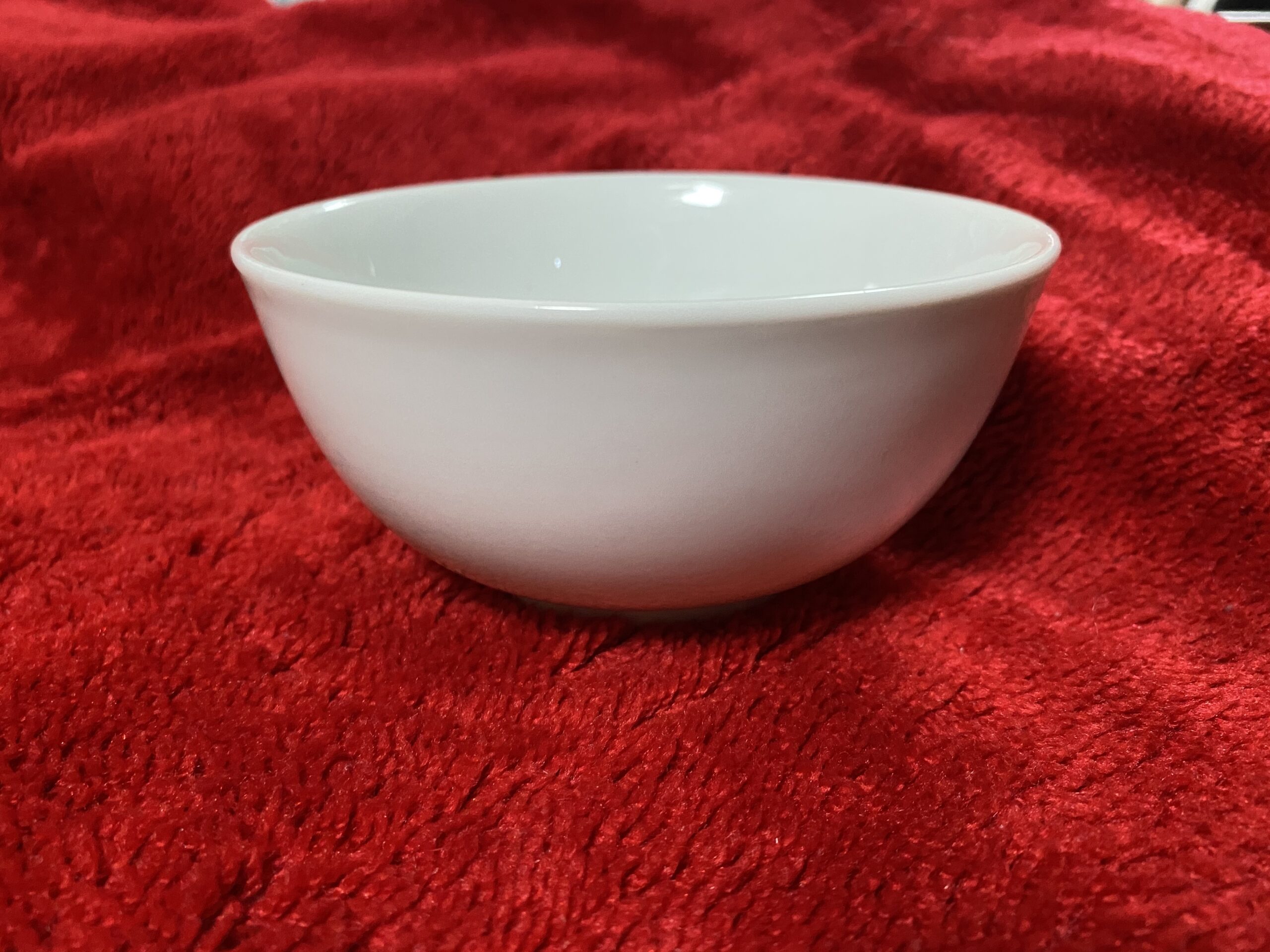
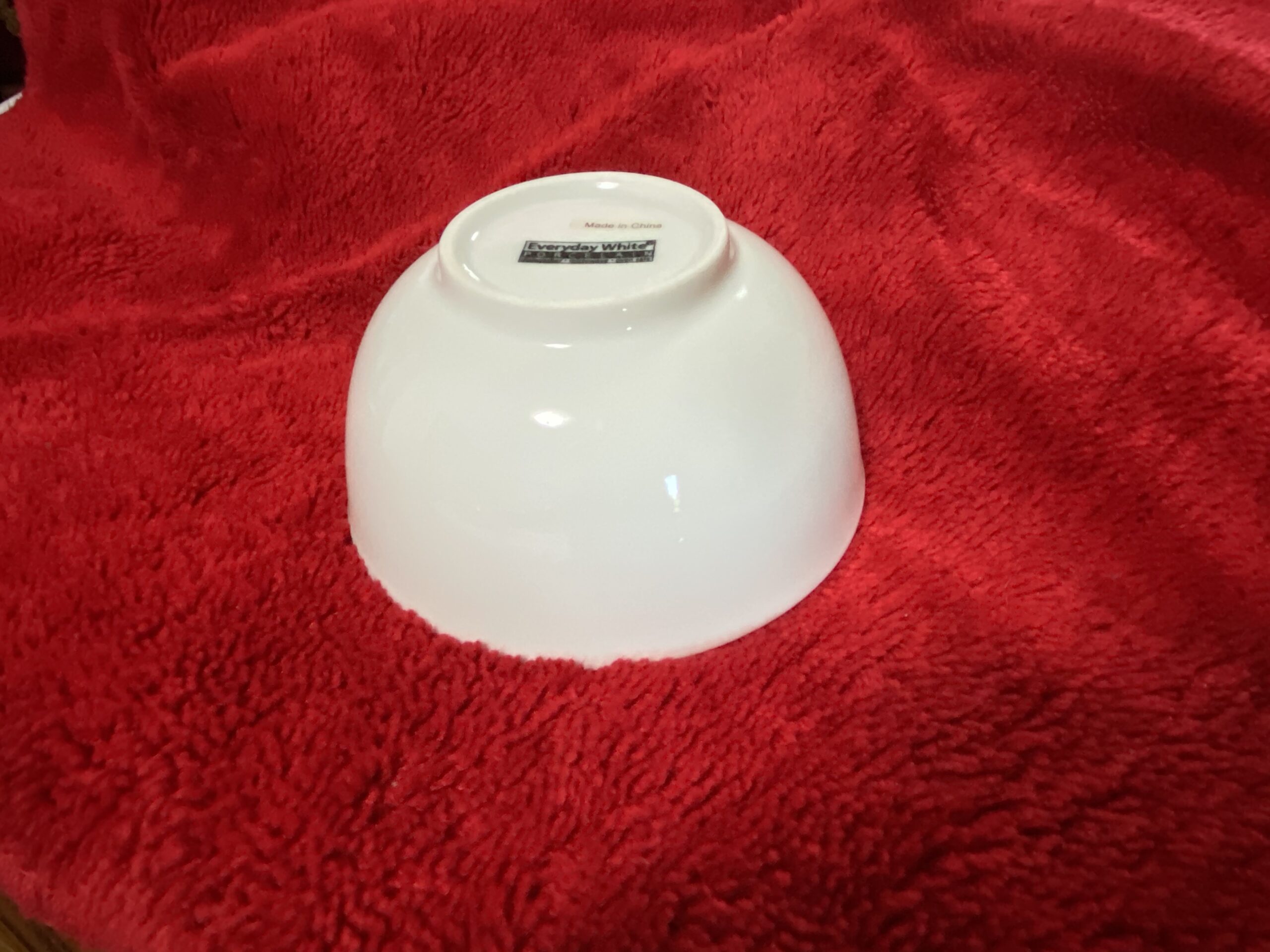
Never Miss an Important Article Again!
Join our Email List


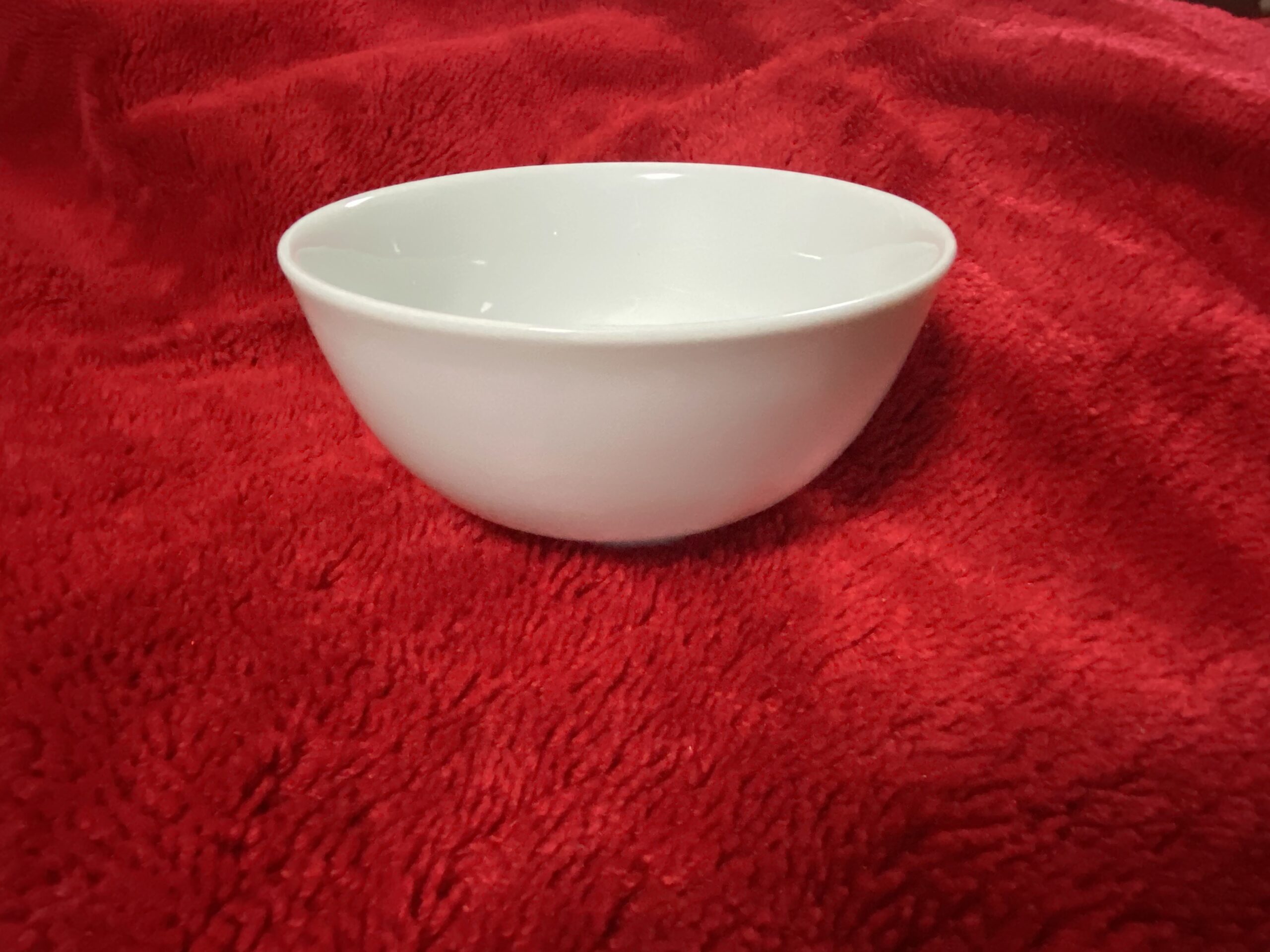 Introduction:
Introduction: 